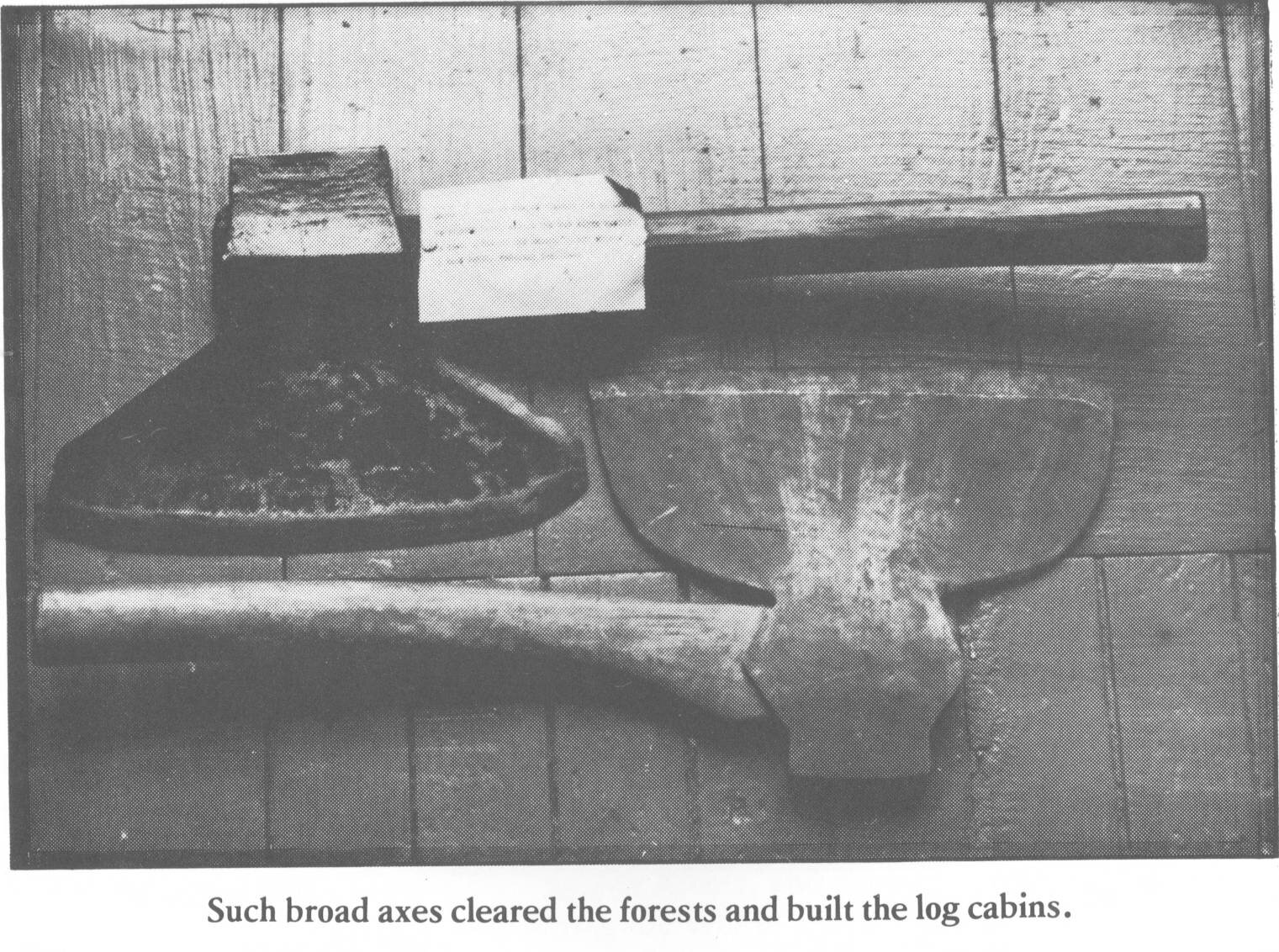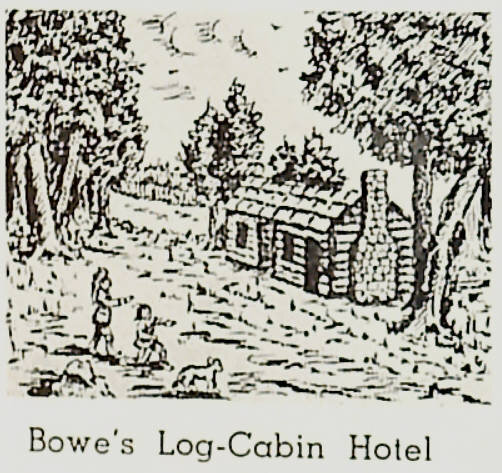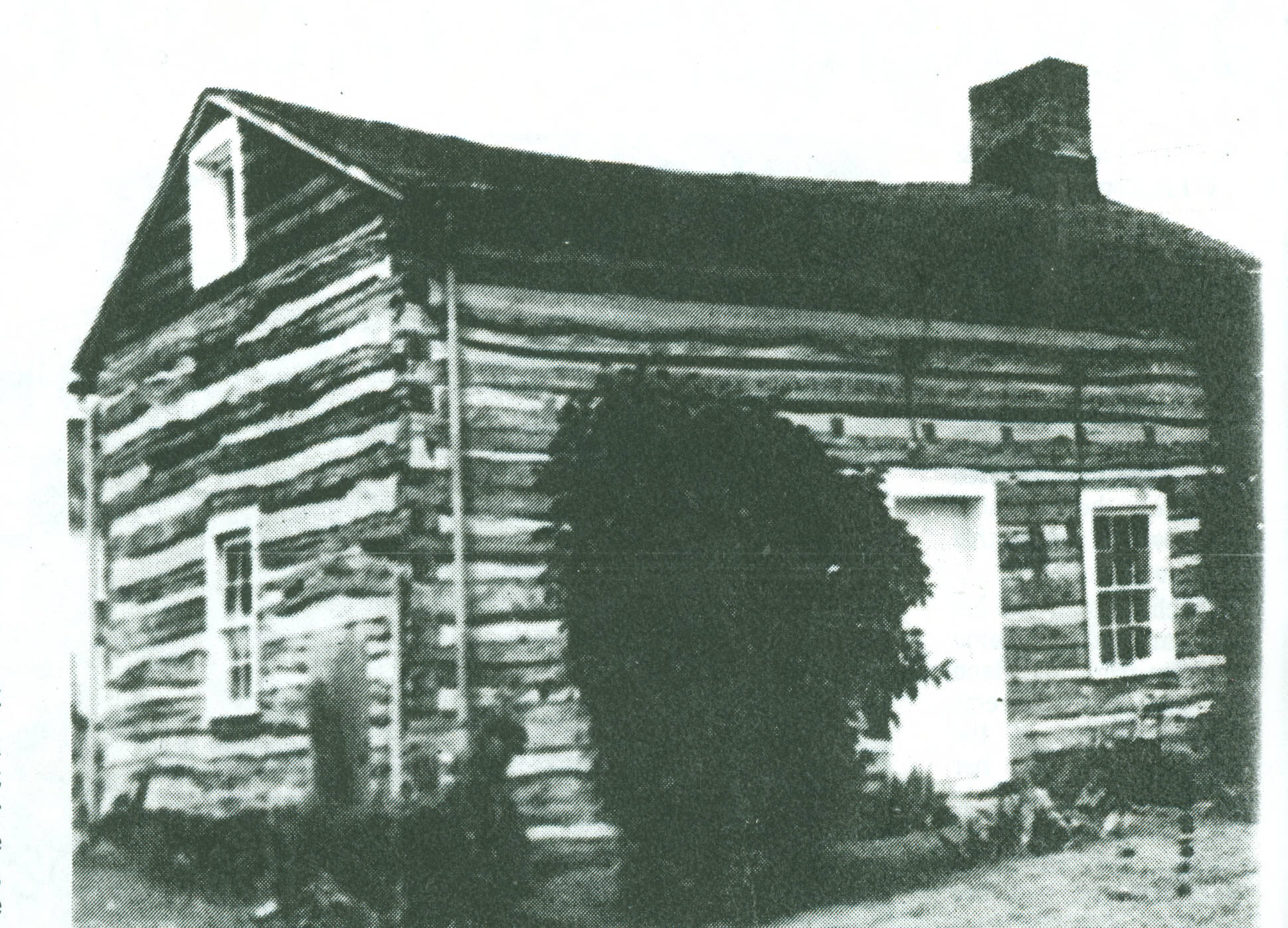By Emily Rinaman, Technical Services Librarian
For thirty-five years, Americans have been celebrating “Annual Log Cabin Day” on June 28. While the true log cabins our ancestors built would not have been the ideal that modern families would choose in which to “shelter-in-place,” log cabins have made a resurgence as a popular form of house, albeit with modern features.
The authentic cabins which the first residents of Ohio called “home” have been a defining feature of America since the 1600s when the very first settlers began to arrive and their origins have long been contested. Many historians agree that the Scandinavian immigrants were the “inventors” of the traditional abodes which were built by the pioneers of early America. Yet other Europeans, such as the German forebearers of many people who live in Ohio and the Midwest, added their own elements which made the look and function of log cabins evolve over the centuries.
Log cabins also served other purposes besides a shelter for families. Versions of cabins stood not only as residences but also as workshops, storage, barns, even hotels, taverns and churches. The first resident of Seneca County, Erastus Bowe, built a log cabin hotel on Washington Street, just yards from his residence (behind St. Mary’s Catholic Church). St. Andrew’s Catholic Church in Liberty Township was one of many in Ohio which built a log cabin structure in the 1840s for its Catholic residents to use for worship.
While it’s rare to find a true “antique” cabin these days, there are some that still exist. The oldest is the Nothnagle Log House in New Jersey (1638). The second oldest, the “Swedish Cabin,” was built in 1640 in Pennsylvania and used as a trading post.
Most cabins were built from oak, a hard wood that could take the beating of harsh winters. Oak was extremely prevalent in the swampy forests of Ohio and was used to build the cabins which dotted Ohio’s landscape. So much so that the north portion of Tiffin, once called Fort Ball, had first been named Oakley. In 1833 Oakley included a collection of log cabins, along with a few brick and frame buildings.
Bowe’s cabin was located within the premises of Oakley. Tiffin’s 75th Anniversary Souvenir describes Bowe as selecting his location “in the midst of primeval forest.” Not long after Oakley was established another of Tiffin’s first residents, Josiah Hedges, built a saw mill on the banks of Rock Creek near Heidelberg University in 1822, supplying lumber for the incoming flux of immigrants. Mills such as the one owned and operated by Hedges helped issue in the switch to log homes and timber houses (a log cabin is built with logs still containing their bark. Log homes are built with more “pre-treated” logs).
Most of the time log cabins had a door on the south side “to let in light and mark the passage of time as the sun moved along the floor,” states Onieta Fisher in an article titled “Life in a Log Home.” Usually cabins were situated using compasses so this form of keeping time was accurate.
On the opposite wall from the door would have been the fireplace, sometimes spanning the entire wall except for a space on one end for a rudimentary cupboard. The windows were not adorned with curtains but rather greased paper. One early pioneer family in Omar remembers how they briefly resided in an 18x20 foot abandoned log cabin with a “puncheon floor” (a mixture of beaten-down soil and sanded logs slabs) and a table nook made from a few logs sticking out of the wall. There was not much room for furnishings other than the basics – one bed in the corner and a few chairs.
These days, most authentic log cabins have been moved from their original locations. In June 2020 a log house from the 1800s was uncovered on Hedges Street. In an article published in the Advertiser-Tribune, local historian John Huss explained that many log houses (including the one found on Hedges Street) in Tiffin were originally located in the downtown area before it became the business district we are familiar with today. The 1847 log cabin at Garlo Nature Preserve is one of 15 that were originally built on Market Street. In 1983 the Scipio-Republic Historical Society transported an 1844 log cabin to the Republic Village Park to use it as its headquarters (and to save it from being burned to the ground).
Works cited:
Bascom Area Sesquicentennial 1837-1987. https://www.ohiomemory.org/digital/collection/p15005coll27/id/41849/rec/1
Flanders, Judith. “Log Cabin History: The Secrets of Making a Home.” 2015, September 9.
https://www.thehistoryreader.com/world-history/the-making-of-home-secrets-of-log-cabin-history/
Classic Metal Roofing Systems. “1847 Log Home Receives Classic Metal Roof.” 2010, September 23 https://www.classicmetalroofingsystems.com/1847-log-home-receives-classic-metal-roof/
History of Bettsville. https://www.ohiomemory.org/digital/collection/p15005coll27/id/29509/rec/1
History of Republic Ohio. https://www.ohiomemory.org/digital/collection/p15005coll27/id/33590/rec/1
Johnson, Vicki. “Hedges Street log house getting a new home.” 2020, June 24. Advertiser-Tribune.
Josiah Hedges And His Descendents. https://www.ohiomemory.org/digital/collection/p15005coll27/id/22648/rec/2
Omar A Community of Memories. https://www.ohiomemory.org/digital/collection/p15005coll27/id/41398/rec/1
The Oldest Log Cabins in America . https://www.logcabinhub.com/olds-cabins/
Seneca County History Volume 1. https://www.ohiomemory.org/digital/collection/p15005coll27/id/17316/rec/1
Seneca County Digital Library. https://www.ohiomemory.org/digital/collection/p15005coll27/search
Smith, Doug. “An Illustrated History of Log Cabins.” https://www.homestead.org/homesteading-construction/an-illustrated-history-of-log-cabins/
Tiffin's 75th Anniversary Souvenir. https://www.ohiomemory.org/digital/collection/p15005coll27/id/23012/rec/1



